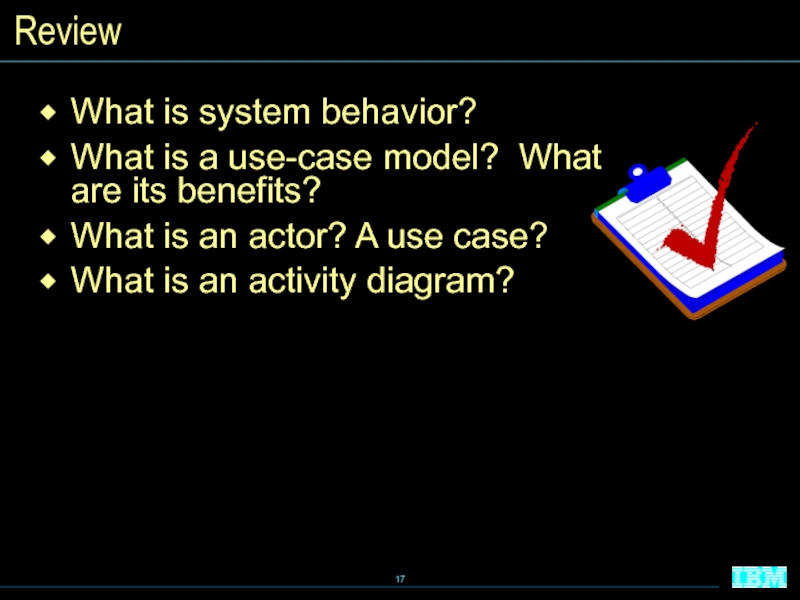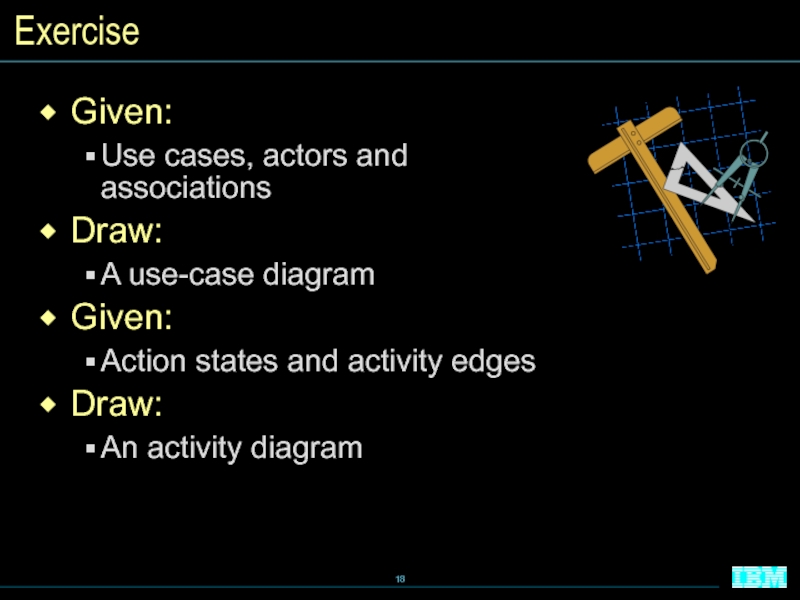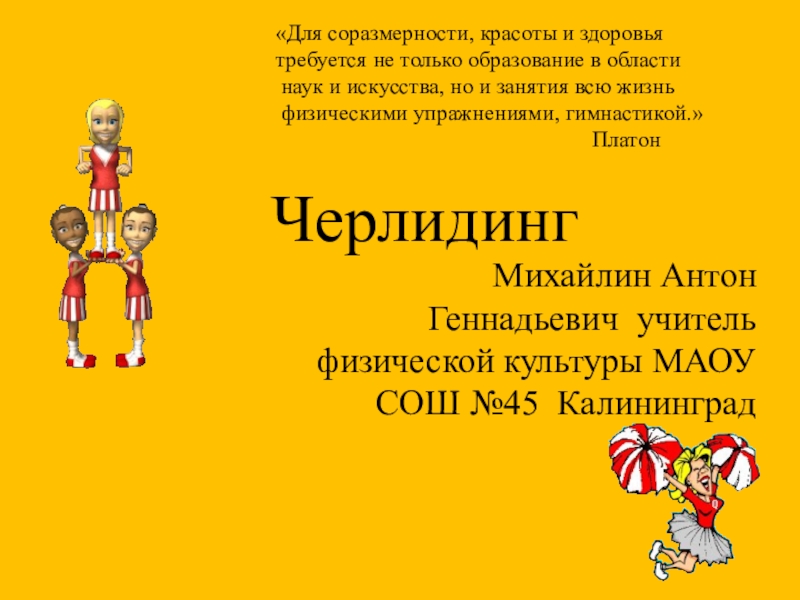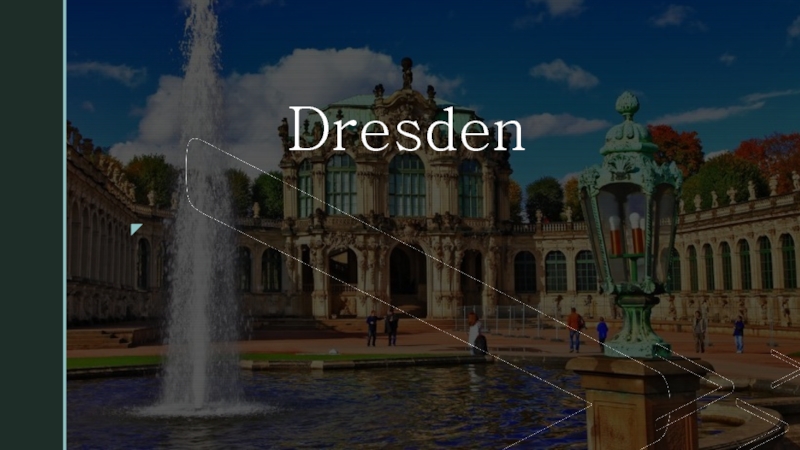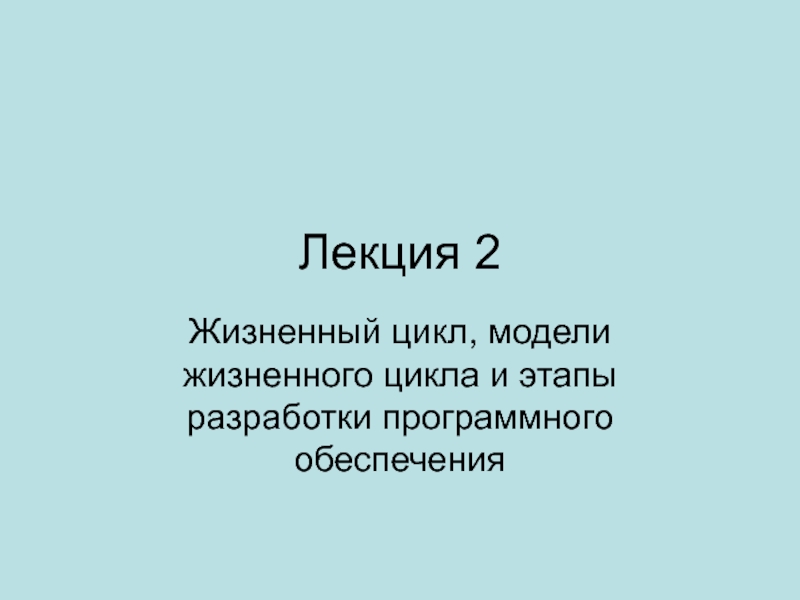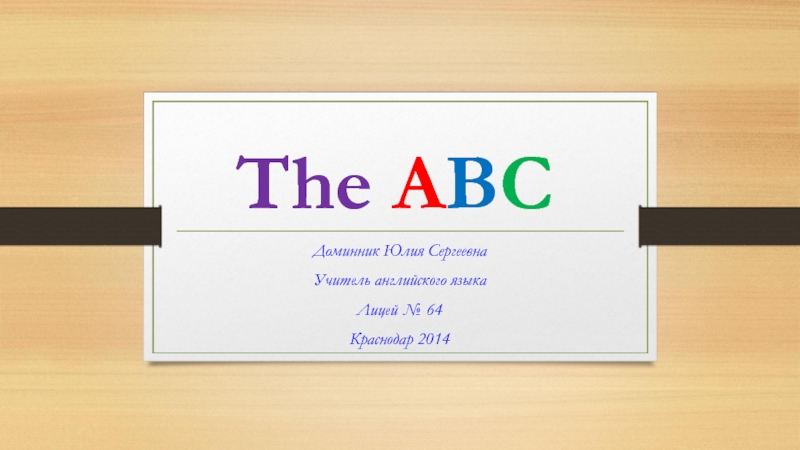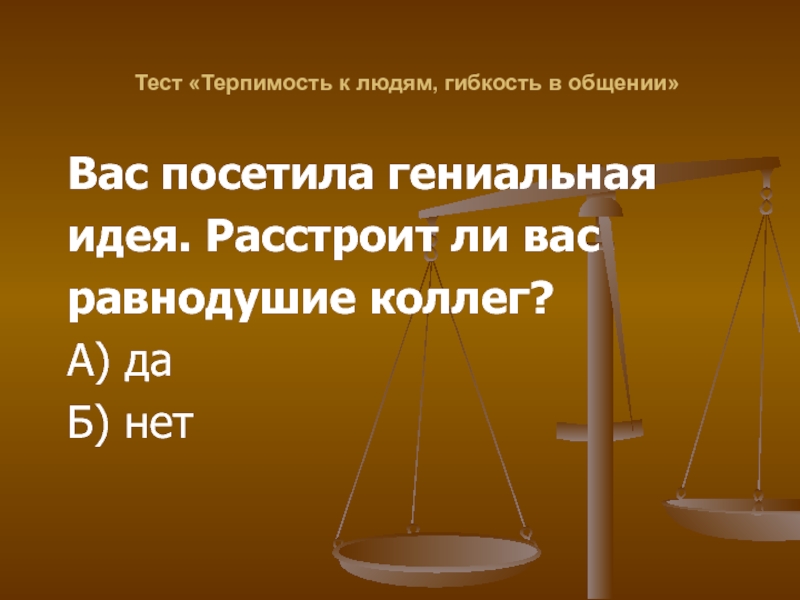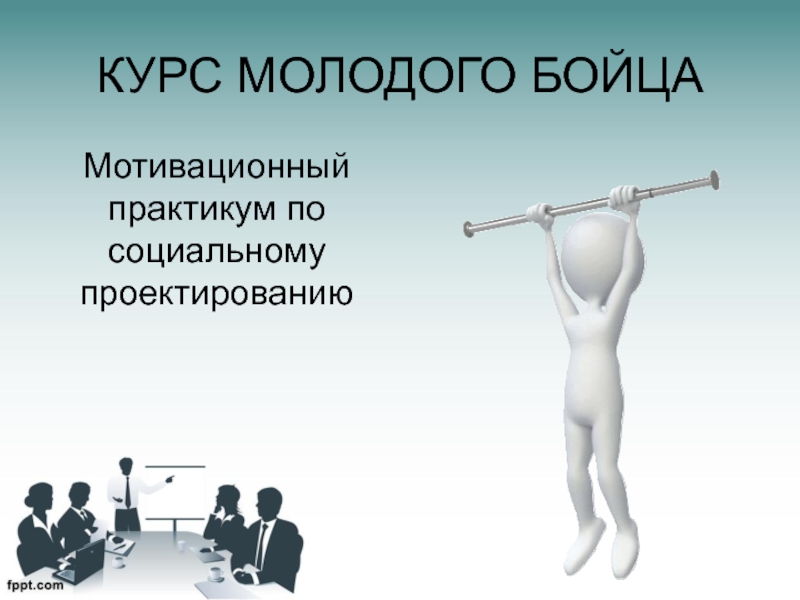Разделы презентаций
- Разное
- Английский язык
- Астрономия
- Алгебра
- Биология
- География
- Геометрия
- Детские презентации
- Информатика
- История
- Литература
- Математика
- Медицина
- Менеджмент
- Музыка
- МХК
- Немецкий язык
- ОБЖ
- Обществознание
- Окружающий мир
- Педагогика
- Русский язык
- Технология
- Физика
- Философия
- Химия
- Шаблоны, картинки для презентаций
- Экология
- Экономика
- Юриспруденция
IBM Software Group ® Essentials of Visual Modeling with UML 2.0 Module 4:
Содержание
- 1. IBM Software Group ® Essentials of Visual Modeling with UML 2.0 Module 4:
- 2. ObjectivesDescribe system behavior and show how to
- 3. Where Are We?Concepts in use-case modelingUse-case diagramsActivity diagrams
- 4. What Is System Behavior?System behavior is how
- 5. What Is a Use-Case Model?A model that
- 6. What Are the Benefits of a Use-Case Model?CommunicationIdentificationVerificationVerificationIdentificationUse CaseCommunication
- 7. Major Concepts in Use-Case ModelingAn actor represents
- 8. Concepts in use-case modelingUse-case diagramsActivity diagramsWhere Are We?
- 9. What Is an Actor?Actors represent roles a
- 10. What Is a Use Case?Defines a set
- 11. Use Cases and ActorsA use case models
- 12. How Would You Read This Diagram?
- 13. Concepts in use-case modelingUse-case diagramsActivity diagramsWhere Are We?
- 14. What Is an Activity Diagram?An activity diagram
- 15. What Is an Activity?A specification of behavior
- 16. Example: Activity DiagramSynchronizationBar (Fork)GuardConditionSynchronizationBar (Join)DecisionConcurrent ThreadsTransitionSelect Course[
- 17. ReviewWhat is system behavior? What is a
- 18. Exercise Given:Use cases, actors and associationsDraw: A use-case diagramGiven:Action states and activity edgesDraw:An activity diagram
- 19. Скачать презентанцию
Слайды и текст этой презентации
Слайд 2Objectives
Describe system behavior and show how to capture it in
a model.
Demonstrate how to read and interpret:
A use-case diagram
An activity
diagramСлайд 4What Is System Behavior?
System behavior is how a system acts
and reacts.
It comprises the actions and activities of a system.
System
behavior is captured in use cases.Use cases describe the interactions between the system and (parts of) its environment.
Слайд 5What Is a Use-Case Model?
A model that describes a system’s
functional requirements in terms of use cases.
A model of the
system’s intended functions (use cases) and its environment (actors).Слайд 6What Are the Benefits of a Use-Case Model?
Communication
Identification
Verification
Verification
Identification
Use Case
Communication
Слайд 7Major Concepts in Use-Case Modeling
An actor represents anything that interacts
with the system.
A use case describes a sequence of events,
performed by the system, that yields an observable result of value to a particular actor.Actor
Слайд 9What Is an Actor?
Actors represent roles a user of the
system can play.
They can represent a human, a machine, or
another system. They can actively interchange information with the system.
They can be a giver of information.
They can be a passive recipient of information.
Actors are not part of the system.
Actors are EXTERNAL.
Actor
Слайд 10What Is a Use Case?
Defines a set of use-case instances,
where each instance is a sequence of actions a system
performs that yields an observable result of value to a particular actor.A use case models a dialogue between one or more actors and the system
A use case describes the actions the system takes to deliver something of value to the actor
Слайд 11Use Cases and Actors
A use case models a dialog between
actors and the system.
A use case is initiated by an
actor to invoke a certain functionality in the system.Actor
Association
Слайд 14What Is an Activity Diagram?
An activity diagram in the use-case
model can be used to capture the activities and actions
performed in a use case.It is essentially a flow chart, showing flow of control from one activity or action to another.
Flow of Events
This use case starts when the Registrar requests that the system close registration.
1. The system checks to see if registration is in progress. If it is, then a message is displayed to the Registrar and the use case terminates. The Close Registration processing cannot be performed if registration is in progress.
2. For each course offering, the system checks if a professor has signed up to teach the course offering and at least three students have registered. If so, the system commits the course offering for each schedule that contains it.
Activity 1
Activity 3
Activity 2
Слайд 15What Is an Activity?
A specification of behavior expressed as a
flow of execution via sequencing of subordinate units.
Subordinate units include
nested activities and ultimately individual actions.May contain boolean expression constraints when the activity is invoked or exited
Activity 5
Activity 4
Activity 2
Слайд 16Example: Activity Diagram
Synchronization
Bar (Fork)
Guard
Condition
Synchronization
Bar (Join)
Decision
Concurrent Threads
Transition
Select Course
[ add course ]
Delete Course
[ checks completed ]
[ checks failed ]
[ delete course
]Activity/Action
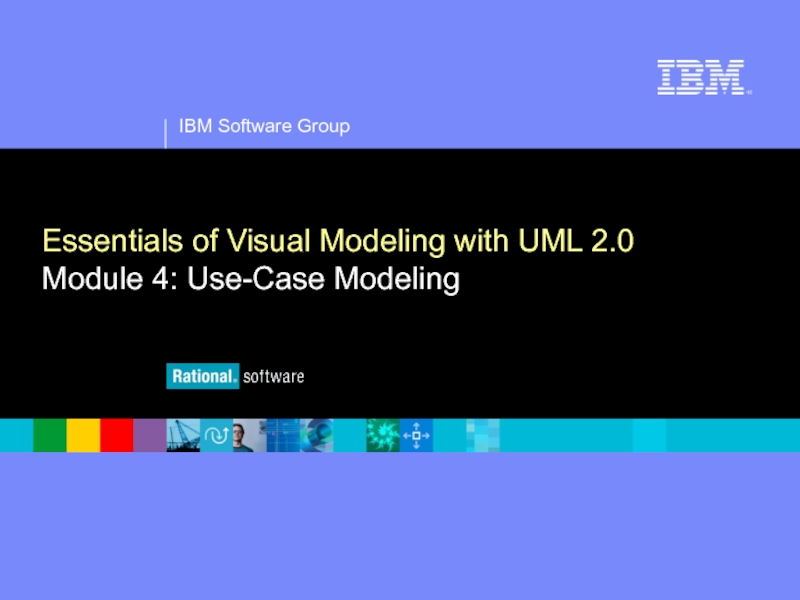
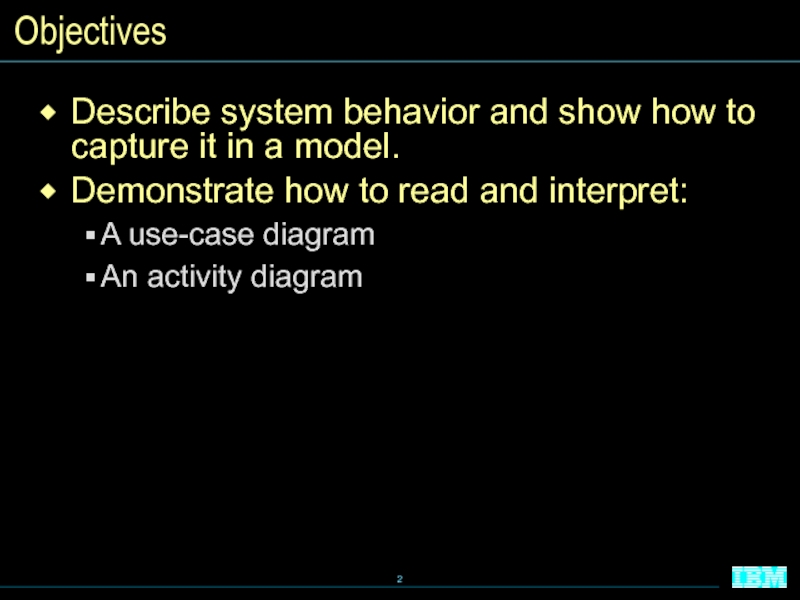
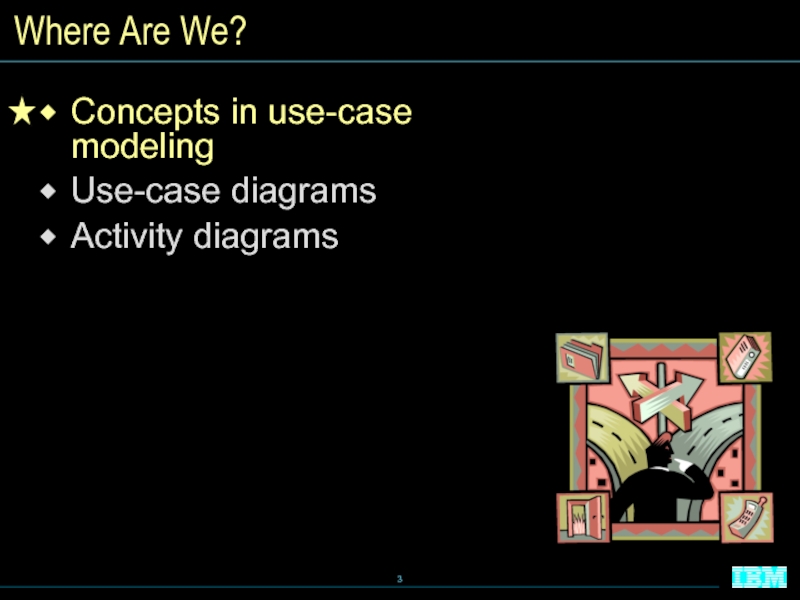
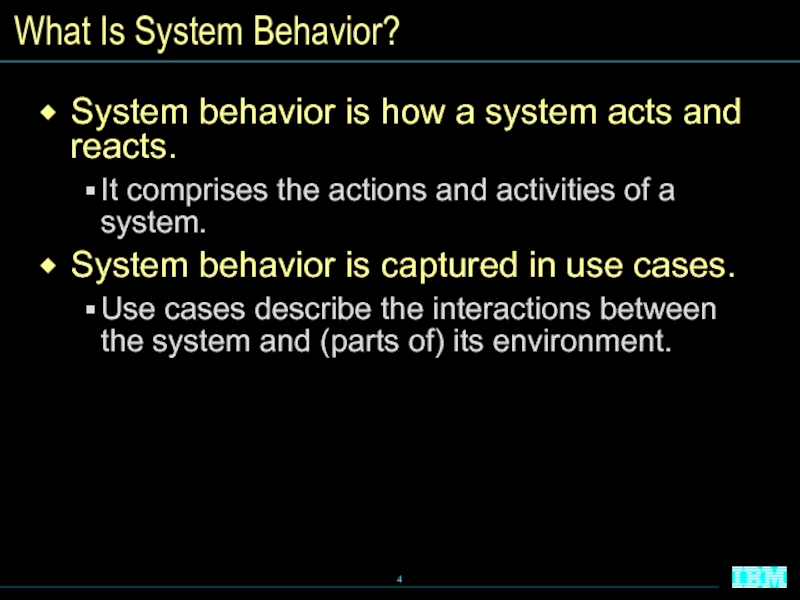
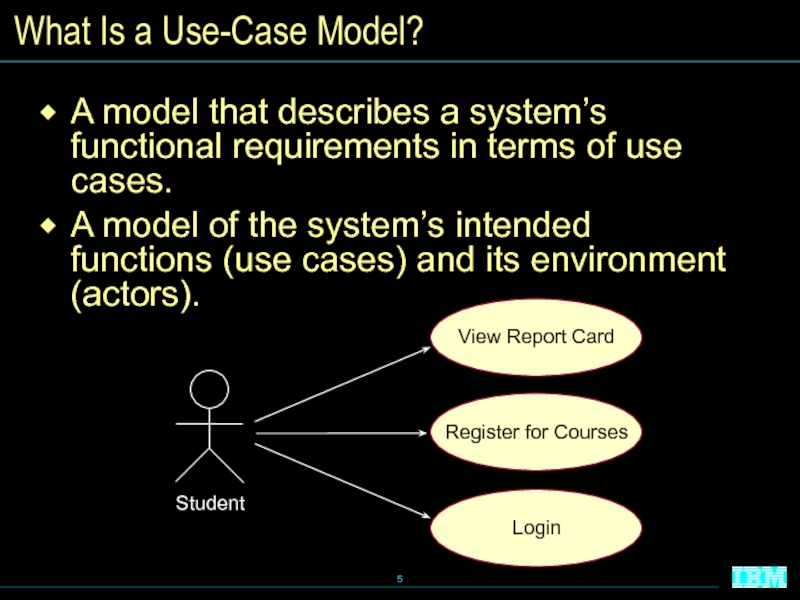
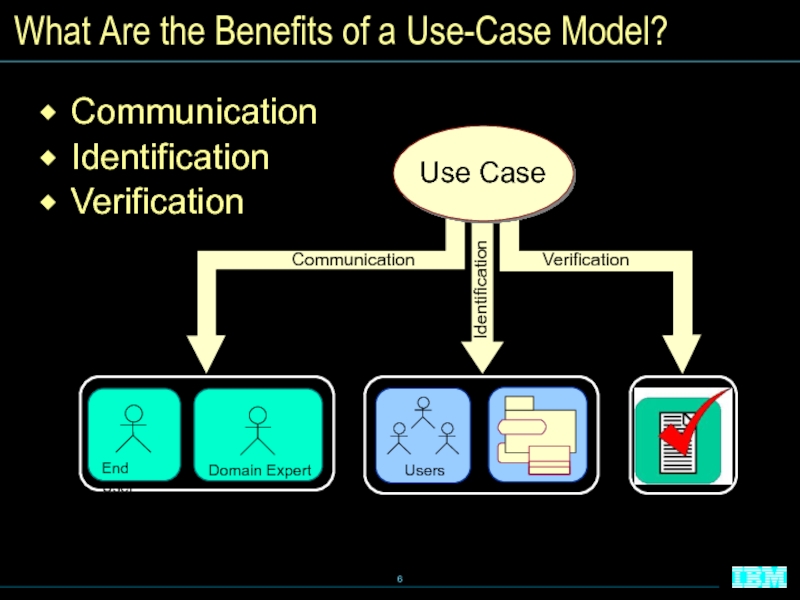
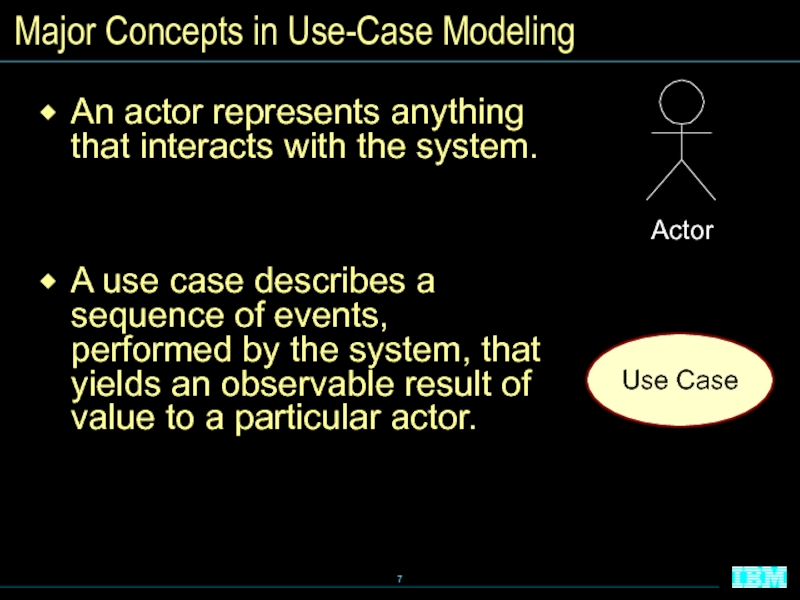
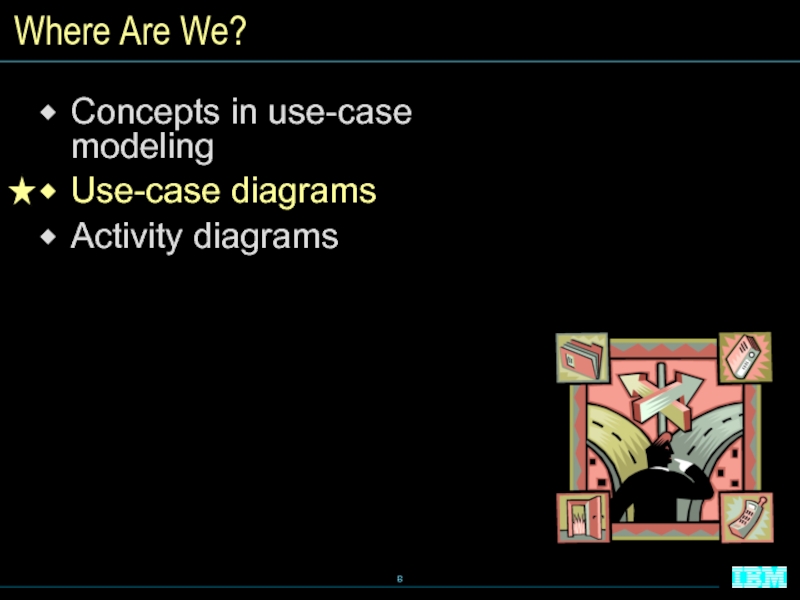
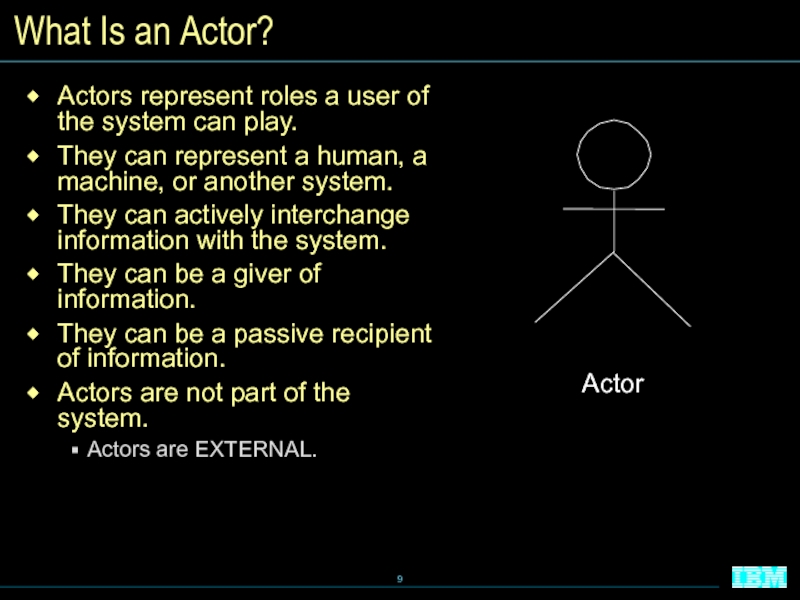
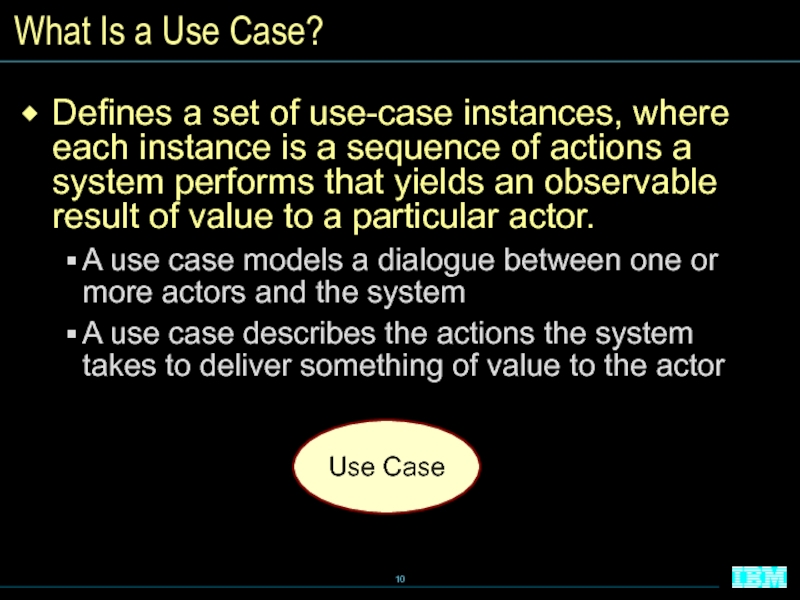
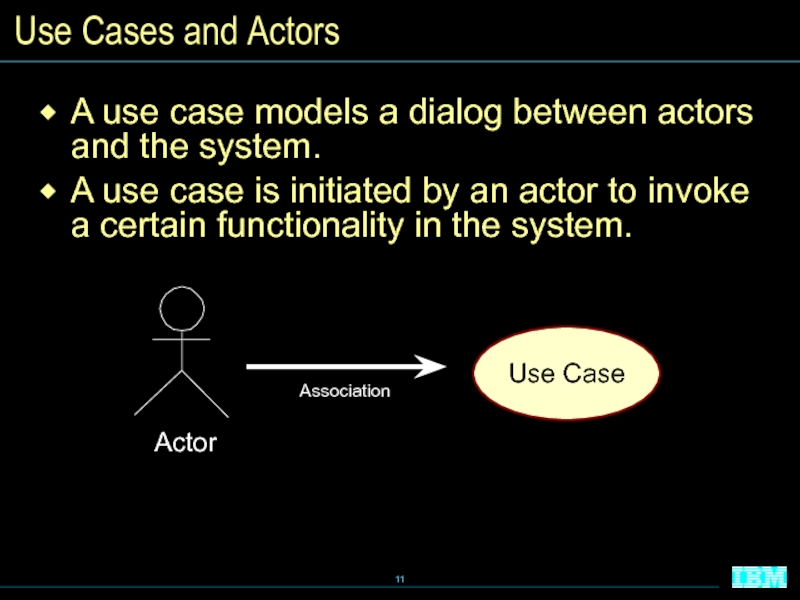

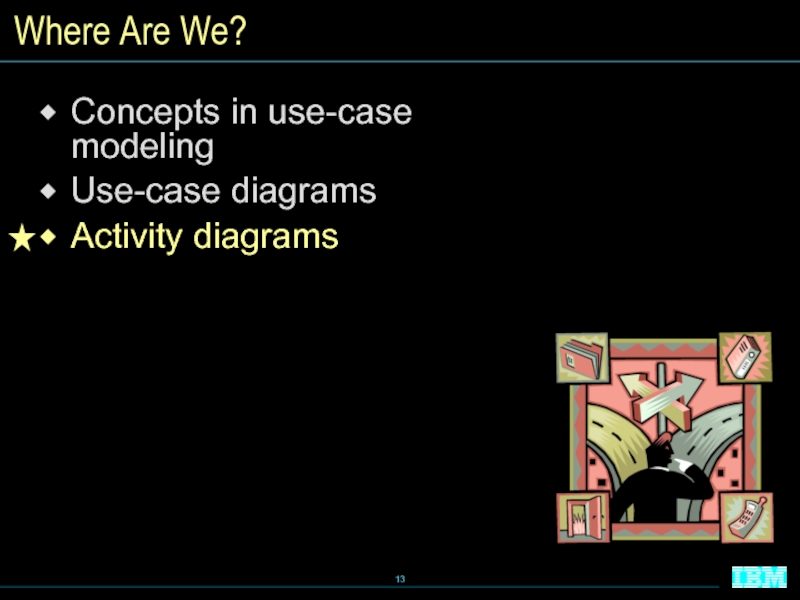
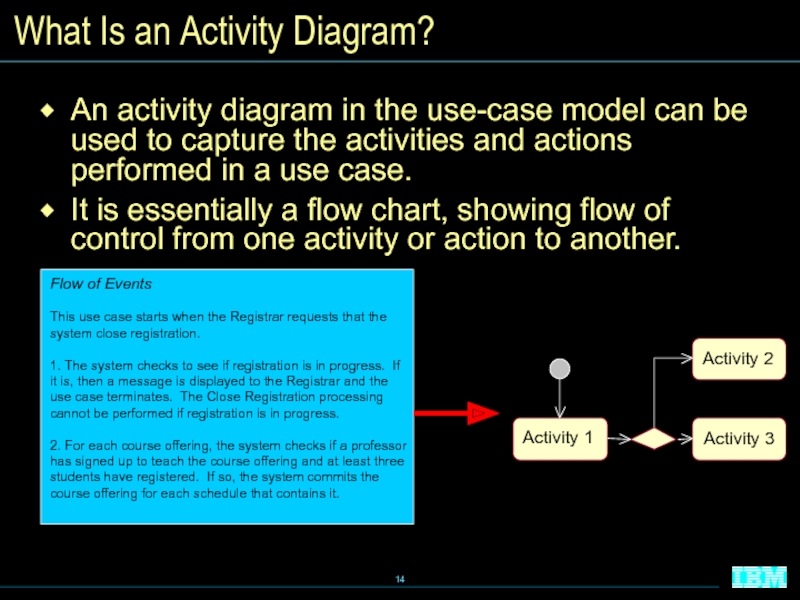

![IBM Software Group
®
Essentials of Visual Modeling with UML 2.0
Module 4: Example: Activity DiagramSynchronizationBar (Fork)GuardConditionSynchronizationBar (Join)DecisionConcurrent ThreadsTransitionSelect Course[ add course ] Delete Example: Activity DiagramSynchronizationBar (Fork)GuardConditionSynchronizationBar (Join)DecisionConcurrent ThreadsTransitionSelect Course[ add course ] Delete Course[ checks completed ][ checks failed](/img/thumbs/10f9060e6f181e12bd3030008cf1202e-800x.jpg)
